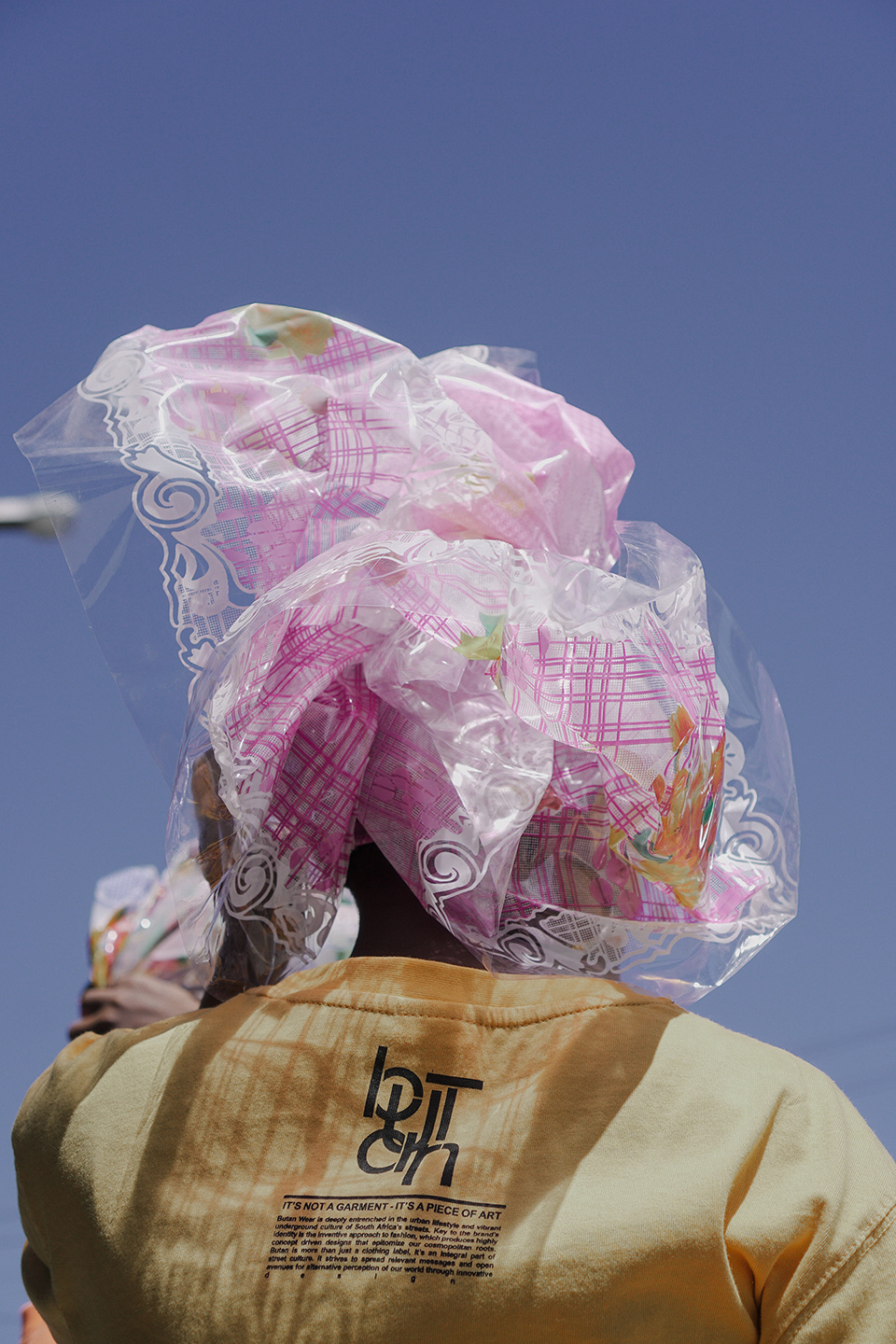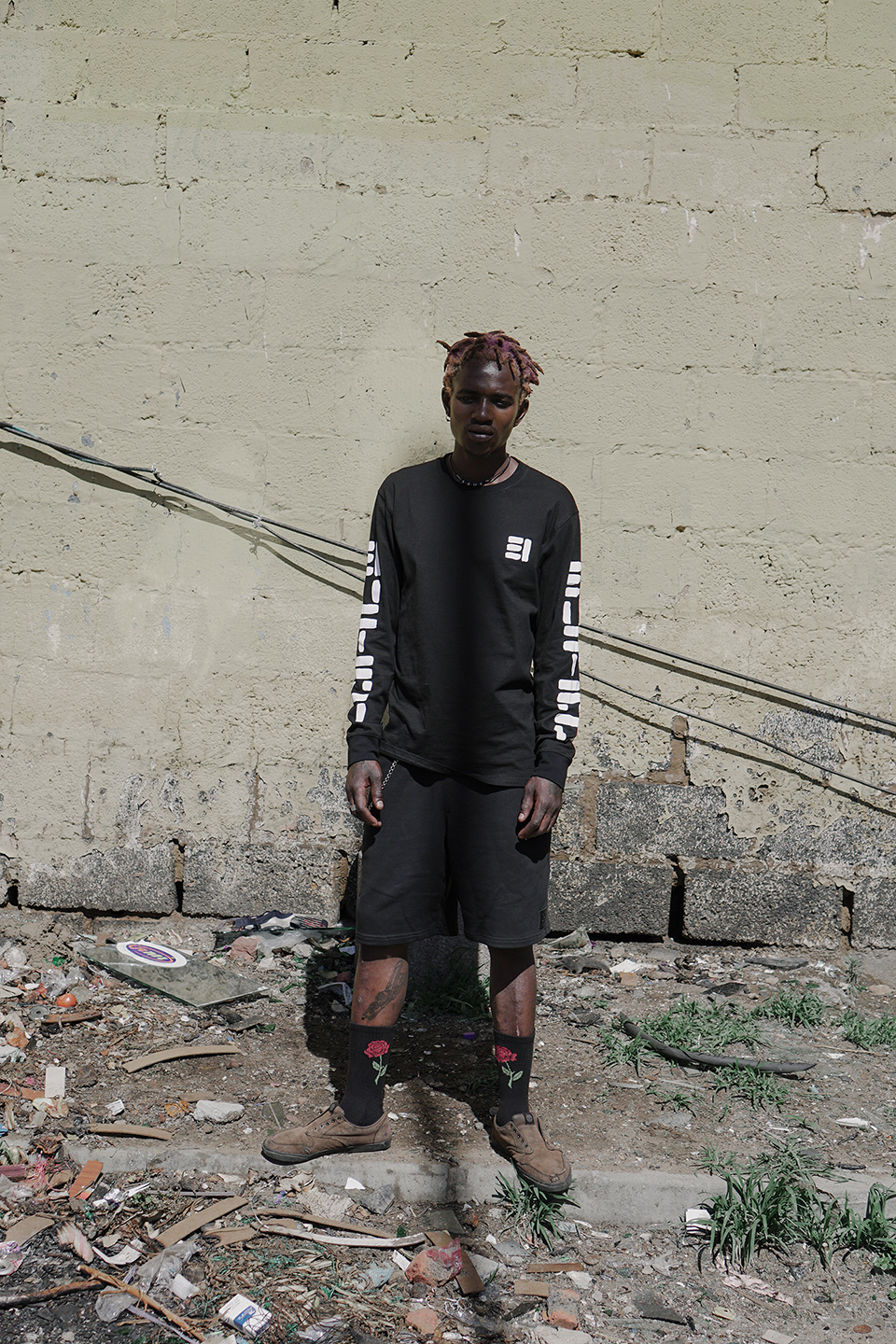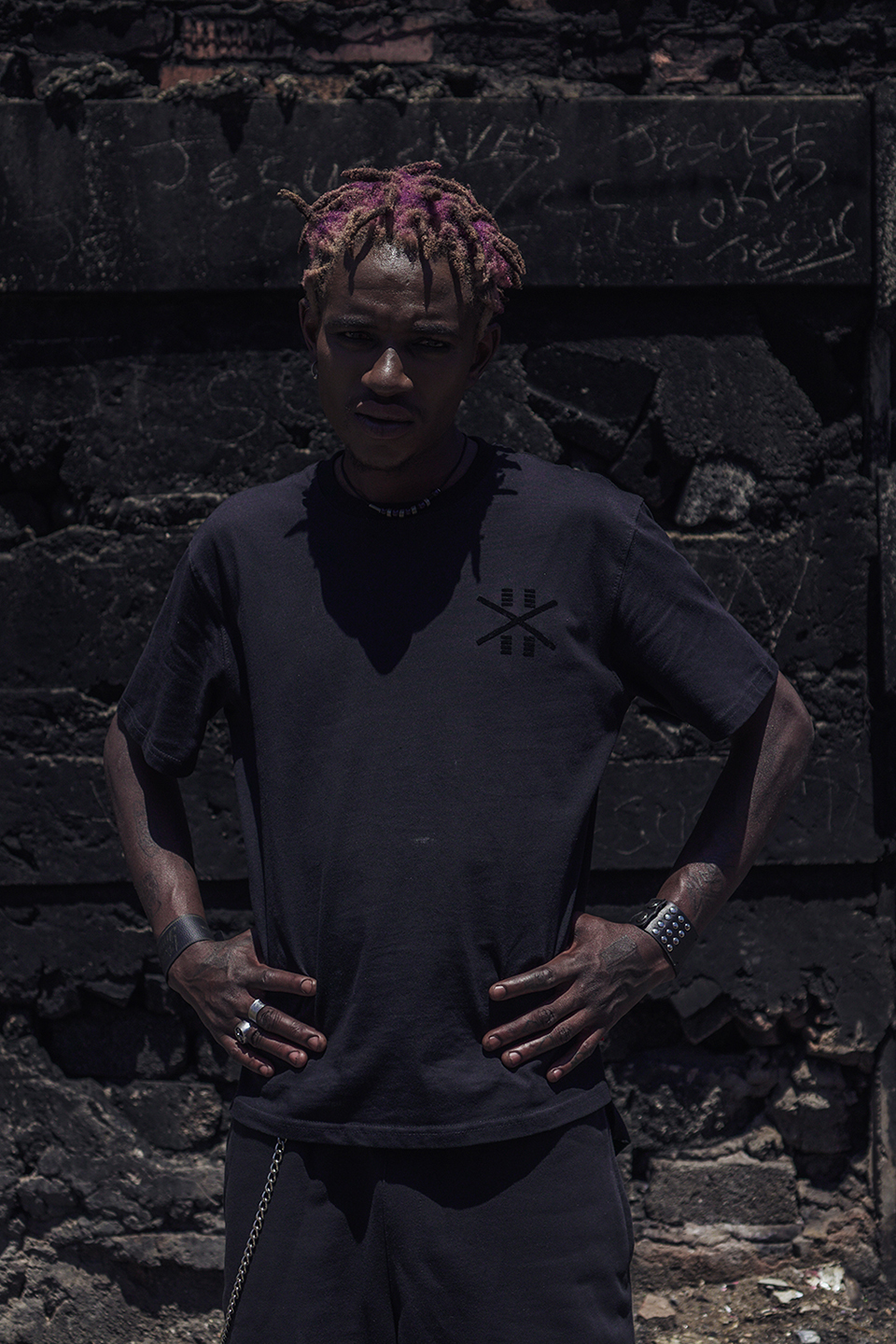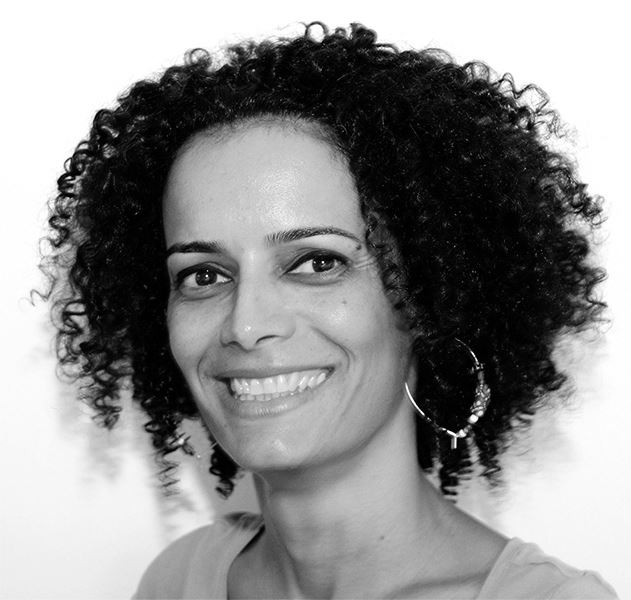Candyman, werewolves, forgetting your password and blue ticks on WhatsApp. There are few other combinations that can send shivers down the spine of a 20 something year old who operates IRL and in URL. Good Good Good know this, and so they teamed up with Johannesburg-based illustrators Koos Groenewald and Dillon Harland for their latest capsule collection, ‘GOOSEBUMPS – Millennial Horror Stories’.
The capsule collection features 6 unique glow-in-the-dark illustrations on a classic Good Good Good white tee. It takes a cheeky poke at millennials and our obsession with all things tech, and the social interactions around this, while reminding us about the classic horror characters we used to imagine living under our beds.
To accompany the capsule is Volume 1 of the Good Good Good Goosebumps Zine; a selection of spooky mishaps, haunted memes, cryptic tales and boring nightmares illustrated and curated by Dillon, Koos and Cape Town’s Instagram creative queens, Fatima Arendse and Morgan’s Momm.
I had an interview with Good Good Good’s Daniel Sher about what inspired the new capsule.
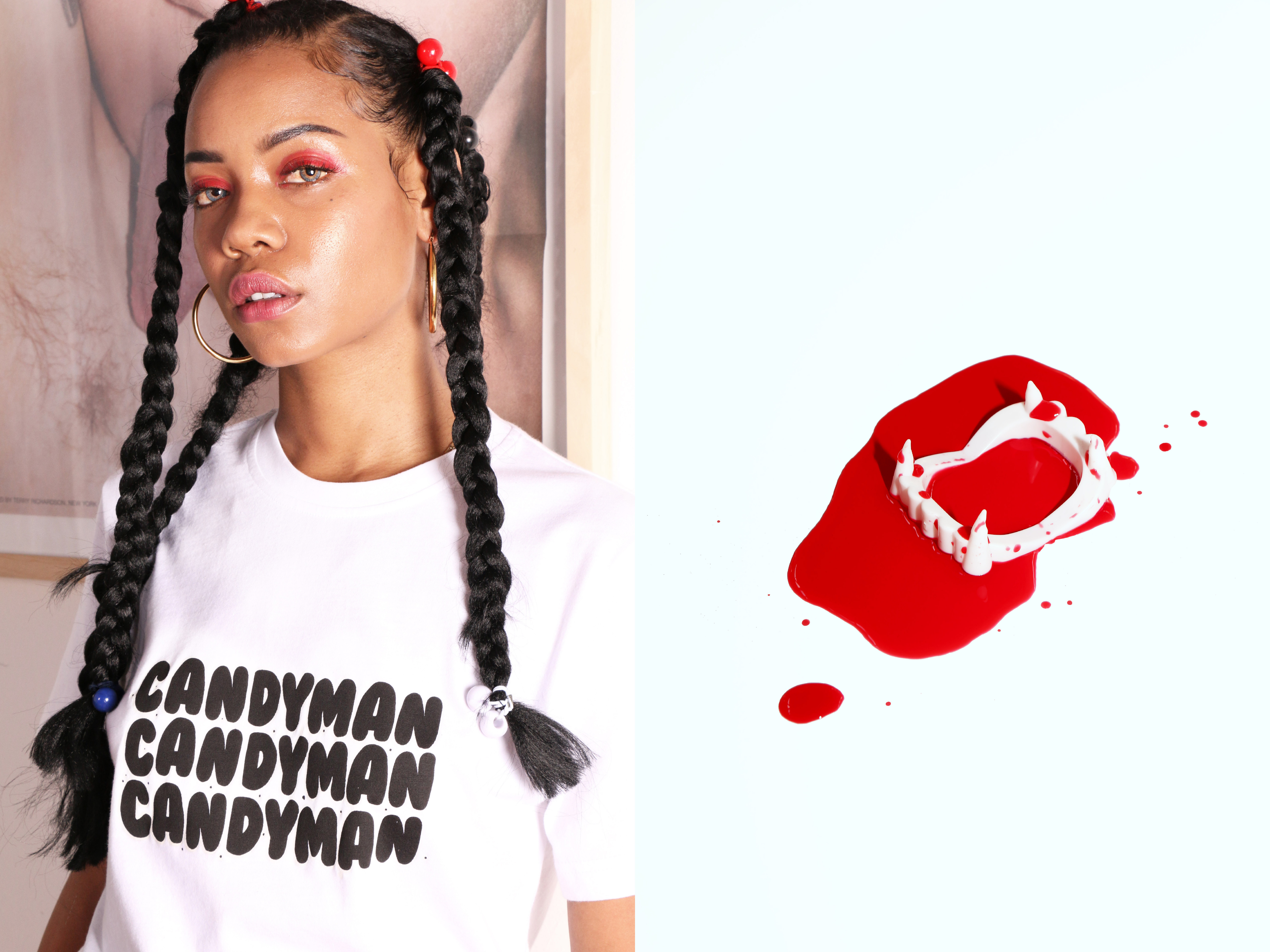
How did you decide on the concept for this capsule?
The concept and ideas were initially inspired by Halloween, however the capsule found its true voice when Koos and Dillon sat down to brainstorm their ideas of how modern technology has affected the way we date, communicate and the way we look at ourselves.
What led to the decision to collaborate with Koos Groenewald and Dillon Harland for this capsule?
Koos and Dillon had been talking about doing a Halloween inspired T-Shirt/illustration collection, and coincidentally we wanted to release a Good Good Good Halloween inspired capsule. Koos and I had a conversation about it one afternoon in Johannesburg, and a couple weeks later the capsule was complete.
With regards to deciding to work with them, Koos and I have worked on numerous projects together in the past, and I have always been an admirer of Dillon’s work. So to work with both of them on a capsule was a real treat.
While we are on the subject of collaborators, I would like to pay special thanks to Fatima and Morgan’s Momm who we thought had the perfect style and attitude to bring the mood of the capsule to life. We simply contacted them through Instagram to see if they’d be interested in modeling in the shoot, and they ended up taking full control of all visual concepts, styling and art direction and we’re really happy with the results.
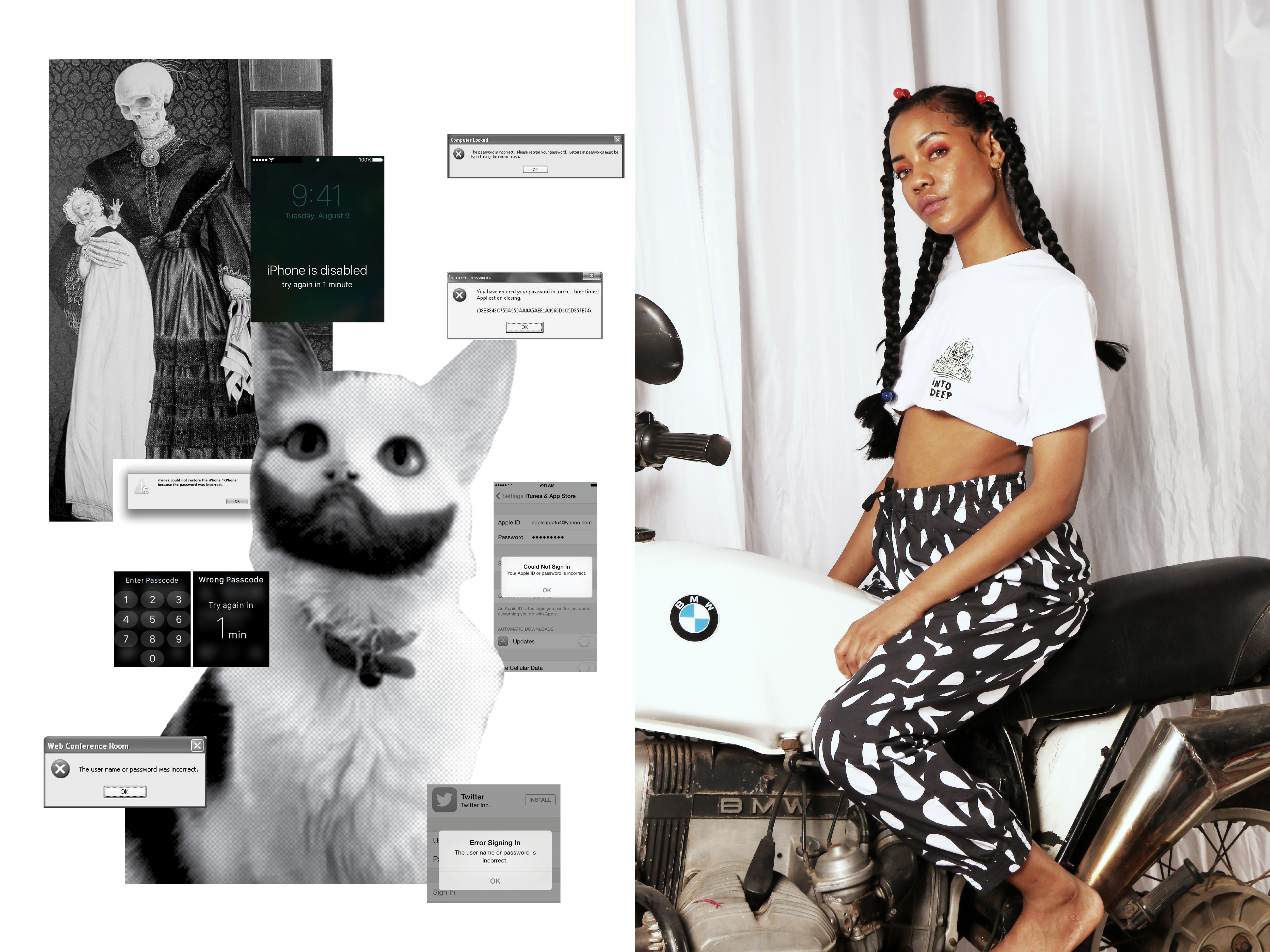
Why did you decide to have a zine to accompany the lookbook and the launch of the collection?
We had made a decision to make a maximum of 6 T-Shirts. However, there were so many ideas after the guys’ initial brainstorm that we decided to make a small zine consisting of these ideas (that never made it onto the T-Shirts) alongside the look book images. We really like some of the graphics in the zine and very well might turn them into new T-Shirt designs in the future. The zine is also an extension of the capsule, and serves as further extension of the ideas we are trying to convey through Volume 1 of Goosebumps. Lastly, and most interestingly in my opinion, I think the zine conveys just how much the collaborating artists love to draw and write.
Considering that this is Volume 1 of the zine, does this mean that you are thinking about building on this capsule?
Absolutely. We want this to be an annual capsule that we release every year. The idea is to bring on new artists with fresh ideas for each capsule, however this is Koos and Dillon’s baby, and so we want them to stay as involved as possible.
When did Good Good Good join Corner Store, and why do you think this is the perfect match for the brand?
The 2nd of March is our first day as one of the in-house brands at Corner Store. We are thrilled at this opportunity as Corner Store was founded by a group of brand owners who understand that building a sustainable fashion business requires building a culture around brands, and that is exactly what they (Corner Store & their brands) have achieved in the last 2.5 years and prior. At Good Good Good we have always aimed to adopt a similar culture building philosophy, and therefore the match is a perfect one for us.
The collection is now available on the Good Good Good online shop and will be available at their new home, Cape Town’s Corner Store, from the 2nd of March.
Lookbook Credits:
Photography – Koos Groenewald
Styling and Concept – Koos Groenewald, Fatima Arendse and Morgan’s Momm
Models – Fatima Arendse and Morgan’s Momm





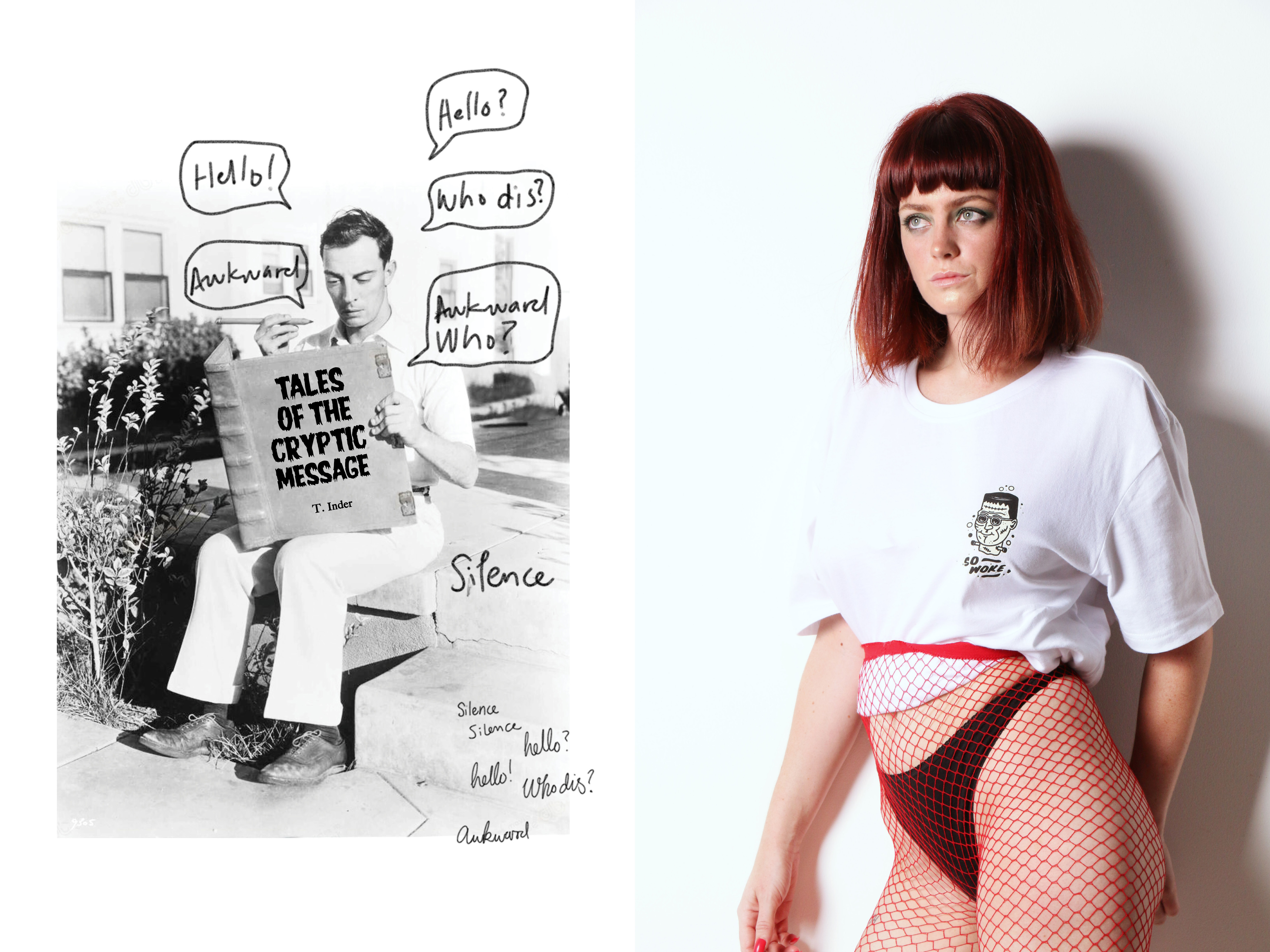




 The completion of the series took a few months, which unintentionally added a layer to the work. Not only did the breaks between shoots result in her film photography improving, but it allowed her to take time to piece together a clear and concise story based on her initial concept. This also led to more experimentation. Looking at the images one can tell the difference in time between the photographs, and yet the series marries together well. This difference in time almost mimics the narrative of the series; that over time these young womxn will slowly free themselves by embracing themselves, therefore creating and projecting a different image to the world.
The completion of the series took a few months, which unintentionally added a layer to the work. Not only did the breaks between shoots result in her film photography improving, but it allowed her to take time to piece together a clear and concise story based on her initial concept. This also led to more experimentation. Looking at the images one can tell the difference in time between the photographs, and yet the series marries together well. This difference in time almost mimics the narrative of the series; that over time these young womxn will slowly free themselves by embracing themselves, therefore creating and projecting a different image to the world.
 There are recurring elements that tie the series together, and are used symbolically. The majority of the images are taken in intimate spaces, such as the bedroom. Marcia explained that these are the rooms of the young womxn photographed, tying into her description of herself as an environmental portraitist. “I generally photograph people in their own spaces. Specifically for this series I wanted it to be very intimate, and I wanted people to show me who they were,” Marcia explained. Adding to the feeling of intimacy are this soft, lacey fabrics worn by the models. Marcia’s presence is included directly through the mirrors that some of the models interact with in her images. The series comes full circle in the last set of photographs where a young womxn is photographed in a garden. Being outside is representative of letting go and choosing to reject the box that she is “supposed” to fit into. One of the most important recurring elements is that of flowers. They are symbolic of feminine energy and feminine power.
There are recurring elements that tie the series together, and are used symbolically. The majority of the images are taken in intimate spaces, such as the bedroom. Marcia explained that these are the rooms of the young womxn photographed, tying into her description of herself as an environmental portraitist. “I generally photograph people in their own spaces. Specifically for this series I wanted it to be very intimate, and I wanted people to show me who they were,” Marcia explained. Adding to the feeling of intimacy are this soft, lacey fabrics worn by the models. Marcia’s presence is included directly through the mirrors that some of the models interact with in her images. The series comes full circle in the last set of photographs where a young womxn is photographed in a garden. Being outside is representative of letting go and choosing to reject the box that she is “supposed” to fit into. One of the most important recurring elements is that of flowers. They are symbolic of feminine energy and feminine power.





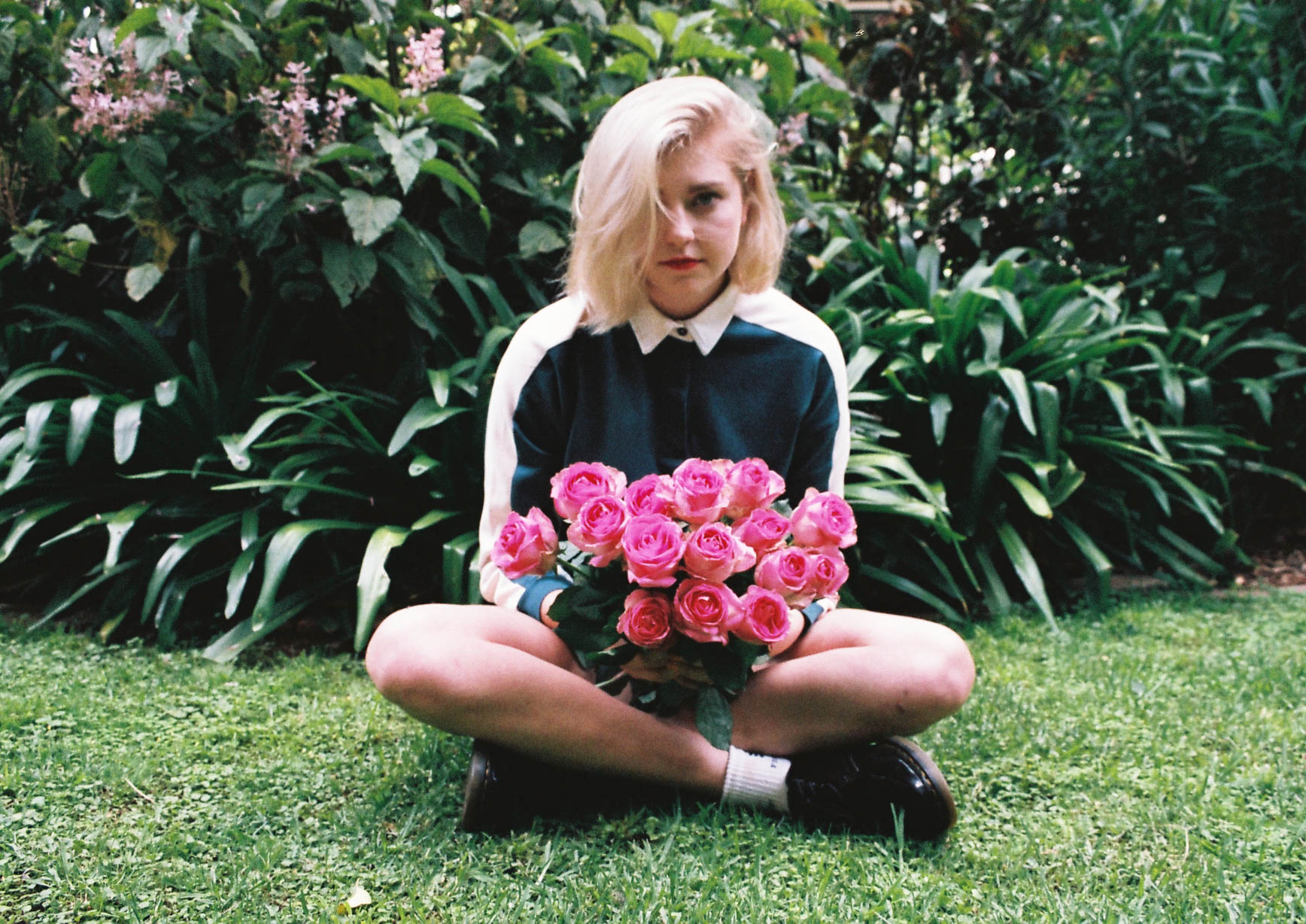



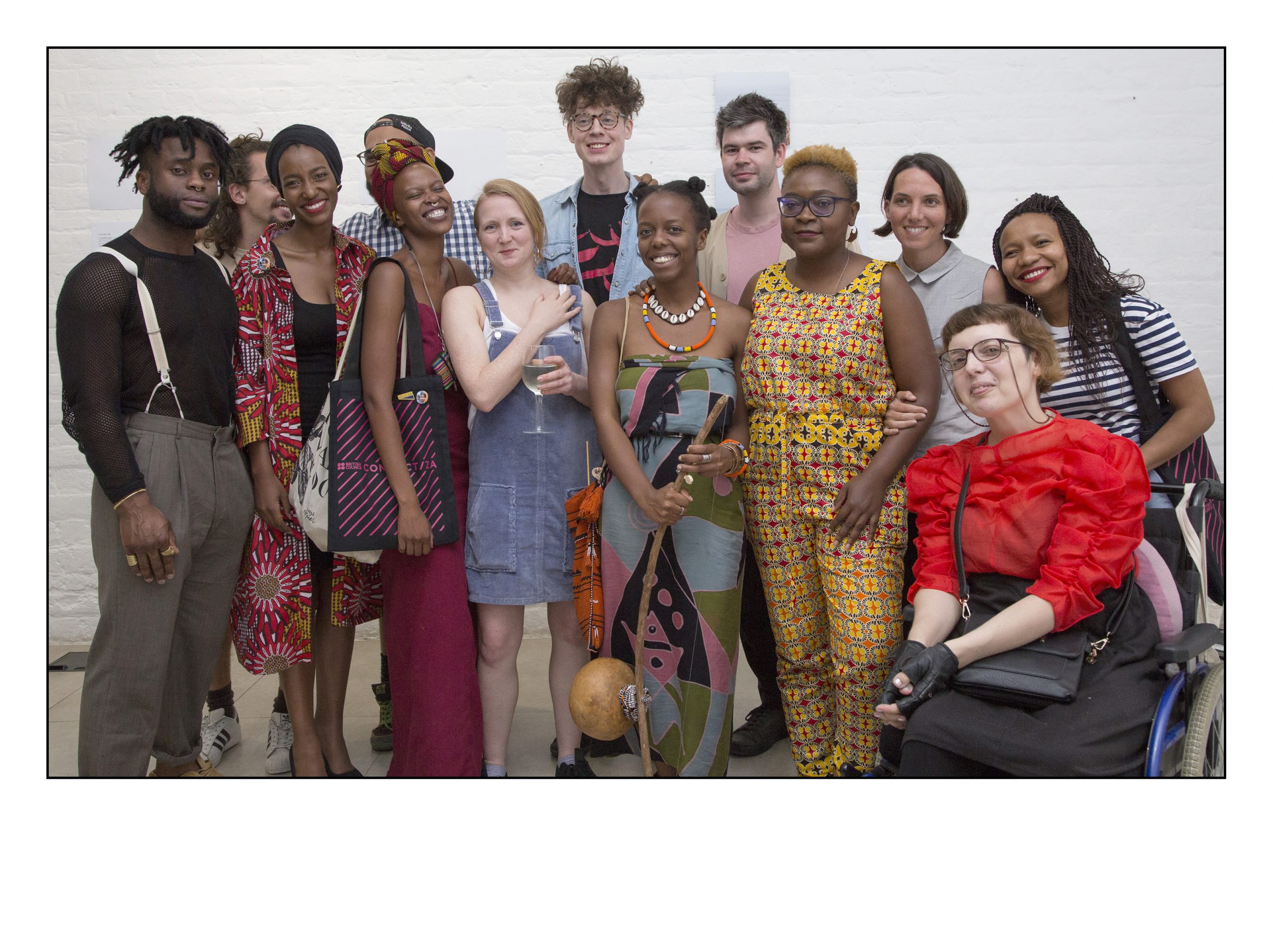
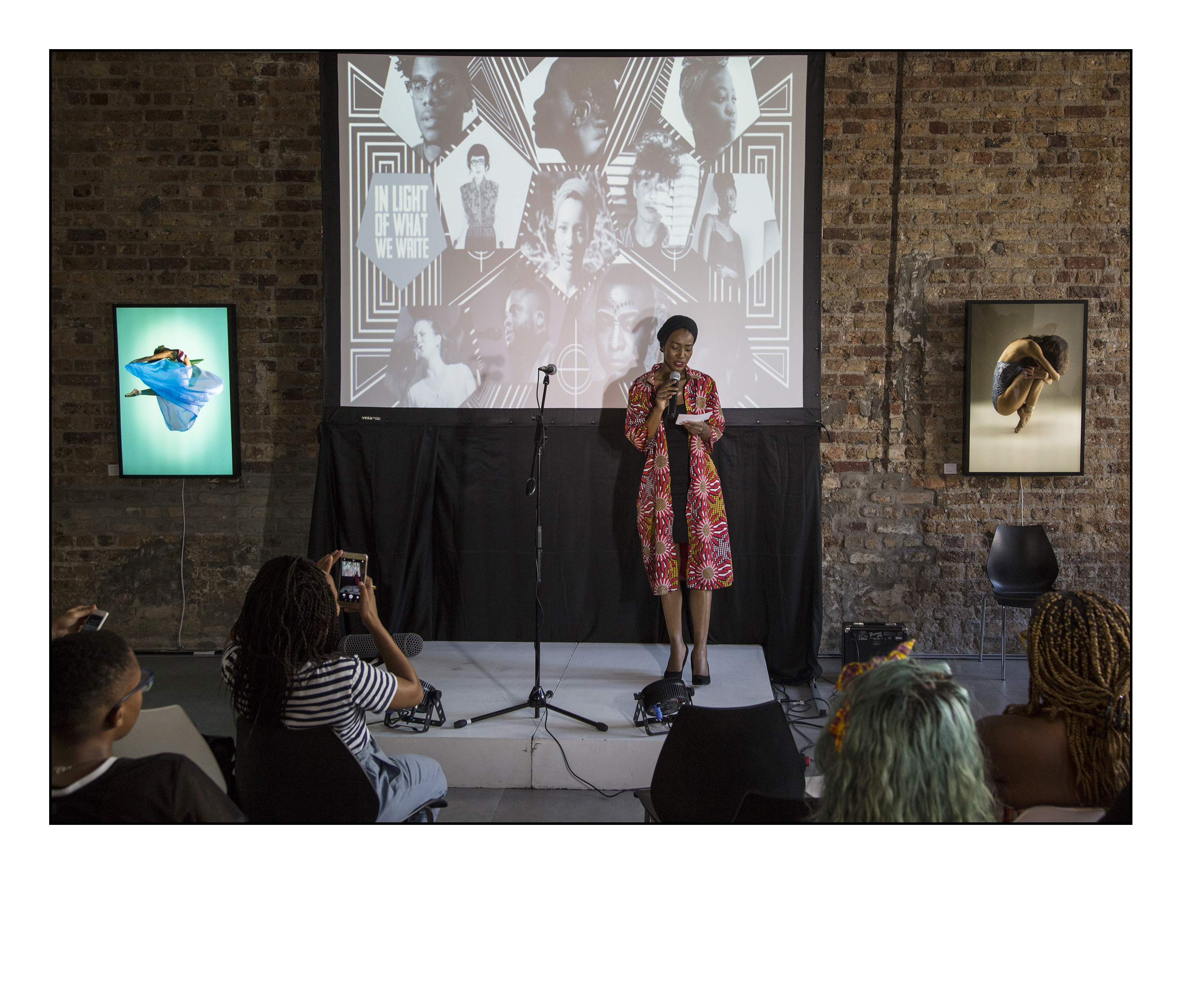


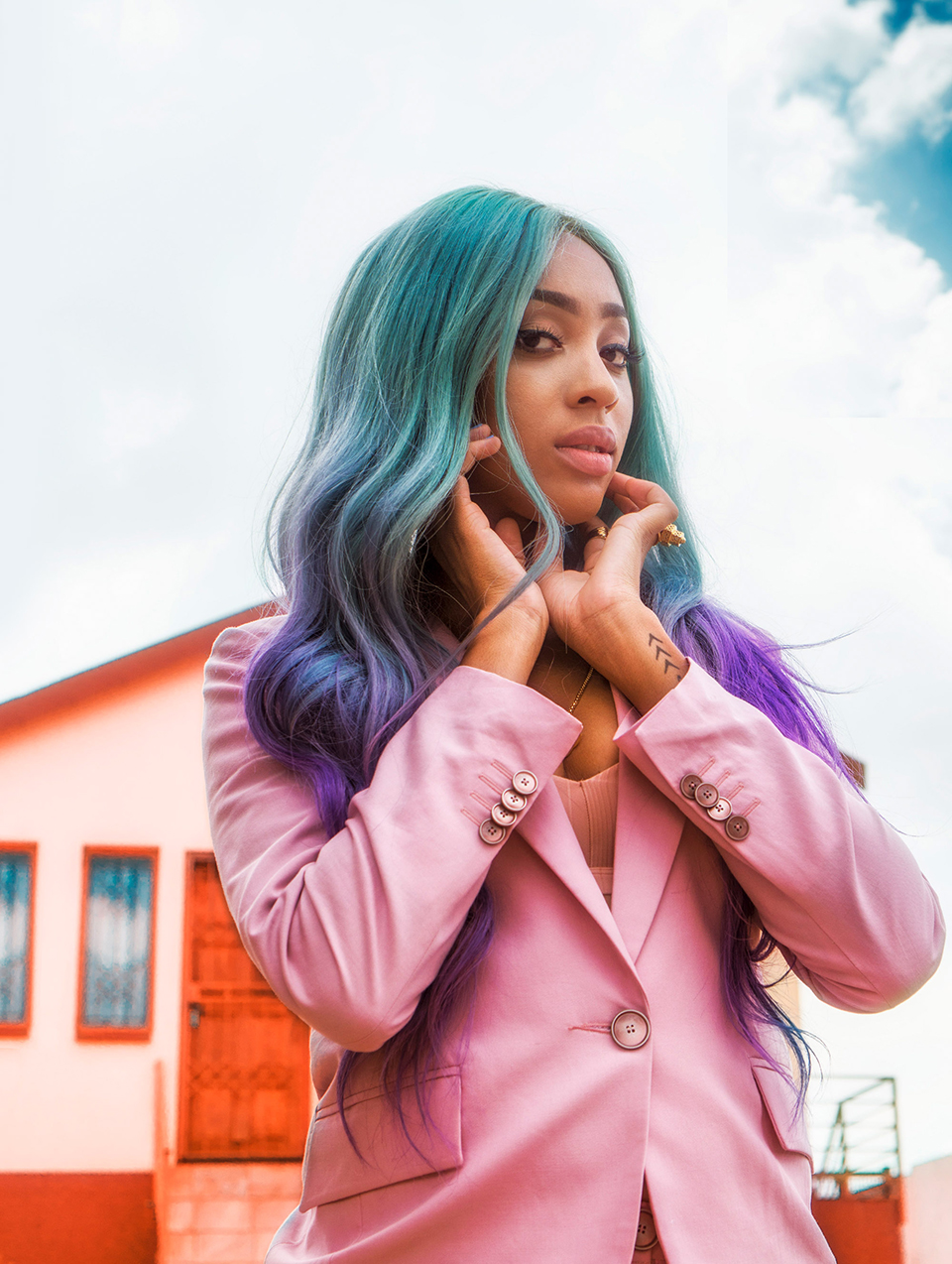




 “By incorporating a powerful struggle slogan into our clothes I by no means pretend that we are immediately having a powerful impact on people and their political awareness yet it does make people curious and ask questions and dig a little deeper. There are many elements in our clothes that express a strong Pan African philosophy calling for African unity and proclaiming African pride. A lot of our themes and stories tie back to that agenda. Even if we can just create awareness of these stories and get people to engage with African history and get a deeper understanding of the rich cultural heritage of our country and continent, I think we have done our part.”
“By incorporating a powerful struggle slogan into our clothes I by no means pretend that we are immediately having a powerful impact on people and their political awareness yet it does make people curious and ask questions and dig a little deeper. There are many elements in our clothes that express a strong Pan African philosophy calling for African unity and proclaiming African pride. A lot of our themes and stories tie back to that agenda. Even if we can just create awareness of these stories and get people to engage with African history and get a deeper understanding of the rich cultural heritage of our country and continent, I think we have done our part.” Julian expressed that communicating this through various media is an important way to reach different kinds of audiences. In addition to their ‘
Julian expressed that communicating this through various media is an important way to reach different kinds of audiences. In addition to their ‘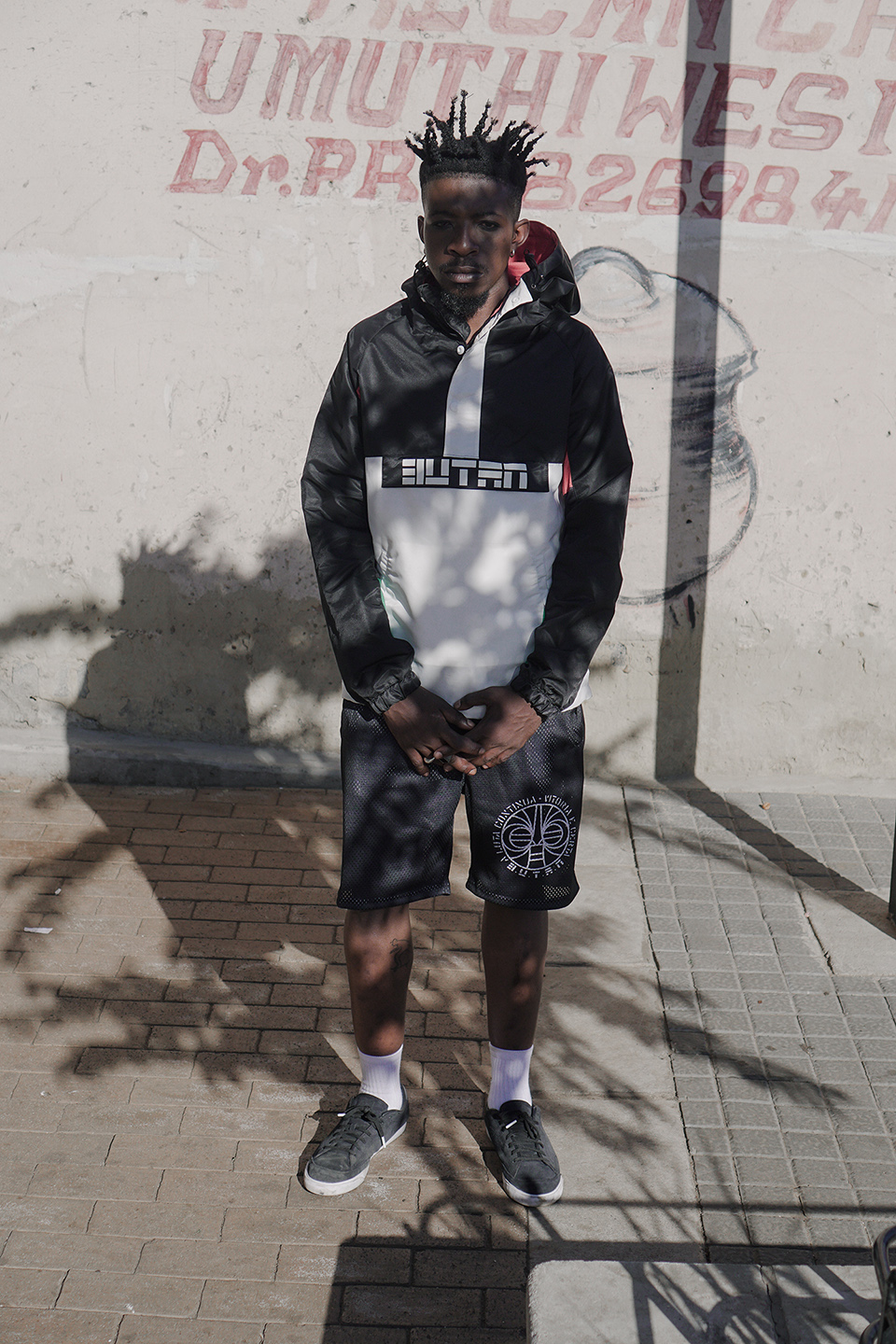 “We are witnessing a revolution in thought and an emancipation that is allowing people to rid themselves of these social shackles and to celebrate their ethnicity and culture. Such movements of awareness have previously been witnessed in the 60s for instance in the US, where they were spear headed by institutions such as the Black Panther Party. Our current range, the Butan ‘Hidden Panthers’ collection, pays homage to that particular movement and its philosophy.”
“We are witnessing a revolution in thought and an emancipation that is allowing people to rid themselves of these social shackles and to celebrate their ethnicity and culture. Such movements of awareness have previously been witnessed in the 60s for instance in the US, where they were spear headed by institutions such as the Black Panther Party. Our current range, the Butan ‘Hidden Panthers’ collection, pays homage to that particular movement and its philosophy.”